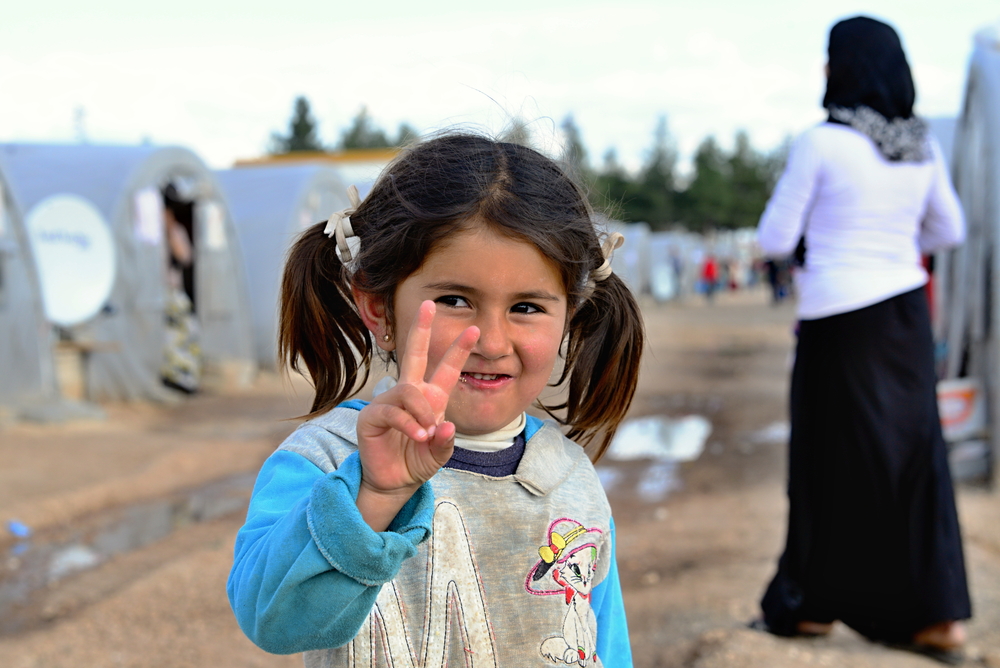The effects of toxic stress disrupt healthy childhood development. Early childhood is an especially critical time to leverage efforts and resources to protecting the growing architecture of the brain. Successful efforts to do so protect and promote robust systems of health, learning, and positive behavior over the life course.
Early childhood and school settings can be a robust, safe, dynamic protective community for children who are exposed to toxic stress, specifically exposure to violence. Leveraging the opportunity that these settings serve as a primary context for forming important relationships with peers and adults is a strategy too valuable in terms of return on investment to pass up or passively design.
Community violence exposure (CVE) is a source of toxic stress. Community violence exposure is typically defined as witnessing of or victimization by a violence-related act such as shooting, mugging, illegal drug activity, physical fighting, or some other similar act within one’s neighborhood by a known or unknown perpetrator. Literature documenting the incidence and prevalence of CVE suggests that a large proportion of children report at least one incident of direct (being a victim) or indirect (witnessing) exposure to community violence. Particularly troubling is that children who report at least one direct or indirect incident of CVE are at increased risk for subsequent exposure. Throughout the years, much of the research on CVE has explored the psychological outcomes of exposure among children and adolescents. For example, CVE has been linked to internalizing (e.g., anxiety) and externalizing (e.g., aggression) outcomes. However, less work has examined the associations between CVE and academic outcomes than those exploring CVE and mental health.
Academic outcomes refer to student performance and engagement. Traditionally in social science research academic performance has been represented using standardized assessments (e.g., reading and math scores). School engagement represents students’ emotional, behavioral and cognitive connection to school, thus also playing an important role in overall academic outcomes. While research on CVE and academic outcomes suggest a negative association, missing from current research is the impact of CVE on early childhood development along with a comprehensive understanding of long-term impacts of childhood CVE on academic outcomes. In addition, we know little about key developmental mechanisms and school context factors linking CVE to academic outcomes.
To address these gaps, I hope this year to tackle our understanding of childhood CVE and academic outcomes. I am particularly interested in identifying the core mechanisms linking childhood CVE to academic outcomes. I am also interested in examining the school context, focusing on whether the relationship between childhood CVE and academic outcomes is buffered by features of schooling environment.
One possible link between CVE and academic outcomes may be experience of trauma, which can affect important cognitive functions, such as memory, attention and reasoning, as well as managing and modifying emotions, which have themselves been linked to schooling outcomes. Two key brain-related processes that are themselves closely tied to academic functioning include emotion regulation and attention.
School connectedness and climate can be argued as key features of the school and schooling environment that can serve as protective factors against childhood CVE and in turn promote academic success. School connectedness is the extent to which students identify themselves with their schools and develop a perception of school belongingness. School climate is the extent to which students and teachers share the perceptions that the school environment fosters safety and supports teaching and learning throughout the school community. Students who share a sense of connectedness to school exhibit higher academic achievement and commitment to their schooling experience, report having more friends that support their goal and show improvements in their social skills, motivation, and achievement. Moreover, positive school climate has shown to be linked to higher academic achievement and reduced negative behavior.
My hope is for this work to have value, meaning, and impact for educators, policy-makers, practitioners, researchers and most importantly children and their families.
It is time we think intentionally about supports for children exposed to community violence through targeted science-based intervention prevention approaches.

















